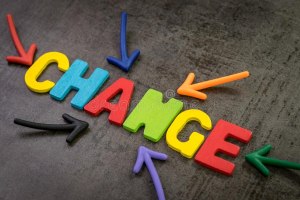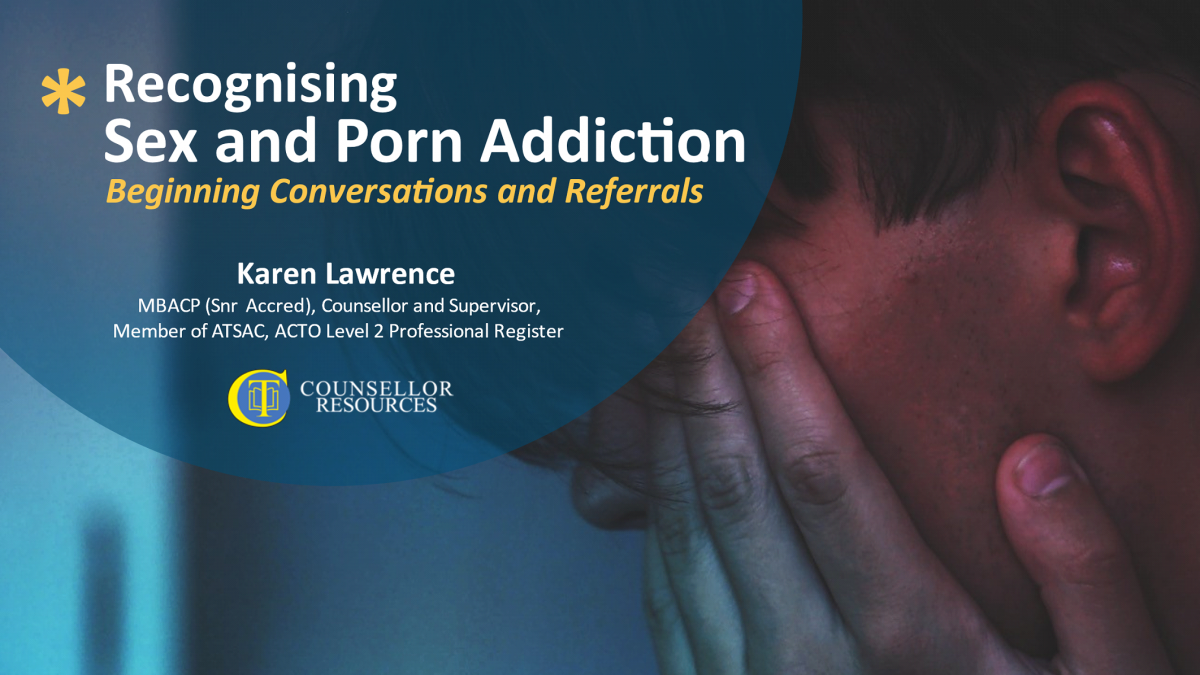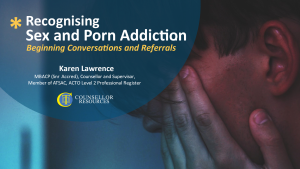Why did you choose one other? – Uncovering the psychodynamics of couple relationships
A question that is often asked not only in couple counselling but socially amongst friends and family is ‘why did you choose one another’?
Most couples say ‘we fancied each other’, ‘I found him/her/they attractive’ – the sexual chemistry and sexual preferences. I found her fun, him caring or kind, they were interested in me and I admired their qualities – what they stood for. Each enjoyed similar interests, had similar aspirations, values and priorities.
You may have come from similar backgrounds whether similar communities, culture, class, education or religion or were intrigued and excited by difference whether ethnicity or religion or countries or other.
The truth is there is conscious choice and unconscious choice in choosing a partner.
Think of an iceberg, one tenth of it is above the water – the tenth that is visible and can be thought of as ‘the conscious choice’, why you thought you choose each other; the other is the nine tenths below the water – the nine tenths that is invisible and can be thought of as ‘the unconscious choice’ – (which is unknown to us – hidden away from self) which is why you really choose each other.
The Couple Fit – two people who fit together to form a whole
Held within the unconscious choice is the ‘couple fit’ – this is the uniqueness of the couple relationship. Think of the couple fit as each partner holding the same key that unlocks the same door, or, imagine each of your childhoods represents a jig saw which you both grew up having different jig saws. The couple fit is when you take a piece out of each other’s jig saws, swop them and they fit inside your respective jigsaws.
Why is uncovering the couple fit and unconscious choice so important in couples counselling?
At an unconscious level we often pick out and are picked out by a partner who has similar life experiences; however, they may have dealt with these experiences in different ways (opposites). In order to know about unconscious choice, we need to know about the psychodynamics of couples’ relationships.
The Psychodynamics of couple relationships have two concepts
- Projection
- Projection identification
An example of projection is, if I feel anxious, I might believe that I’m not really anxious and might even call myself ‘laid back’, so laid back in fact I describe myself as ‘being horizontal’. I might then view my partner as anxious, who is ‘always on the go’ and I can’t get them to sit still and watch the TV with me!
Projection is when I don’t like the idea of being anxious and so I put this unacceptable part of me into my partner so I feel good within and the bad is on the outside – this relieves my inner conflict in not viewing myself as an anxious person but a laid back one.
An example of projection identification is when my partner accepts all the anxiety in the relationship and takes on an identity of a ‘cannot be still person’ and has almost a ‘double dose’ of anxiety, not only carrying their own but their partners as well.
The reverse can happen where the anxious partner who does not like the idea of being relaxed and calm, perhaps afraid that something will not get done and so places this unacceptable part into the other who then has a double dose of being laid back. This is called mutually collusive projective identification or otherwise known as ‘coupe fit’ – the two pieces of the jig saw.
There are many other examples of these common polarities. You may know of other couples where one is tidy and the other untidy, or, one is responsible and the other irresponsible.
Its fine when this projective identification works in the relationship, however, often it begins to break down and what once worked no-longer works and in fact becomes a bone of contention between the couple. The anxious partner may become fed up with the laid-back partner not carrying their weight in the relationship. The laid-back partner may feel lonely and abandoned when the other is always being busy.
In thinking back to the question – ‘Why did you chose one another?’ – that may depend upon how you experienced your families in growing up. In the example of anxiety and laid back this may have been a conflict for your families in your past. When something is a past conflict the couple relationship hold a ‘second chance’ to resolve it.
Without knowing it your unconscious choices and couple fit is about
- Hope – of healing the past and
- Fears of repeating the past
Understanding how and why this dynamic evolved, linking past and present and importantly how to get out of it is the work of psychodynamic couple therapy.
If you are interested in reading more, please see the Booklist
Martial Tensions – Henry Dicks
Intimate Partners -Maggie Scarff
Couples – The Shared Unconscious and Collusions – Derek Hill







